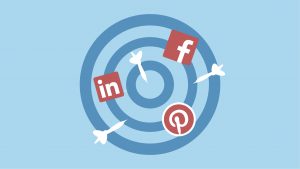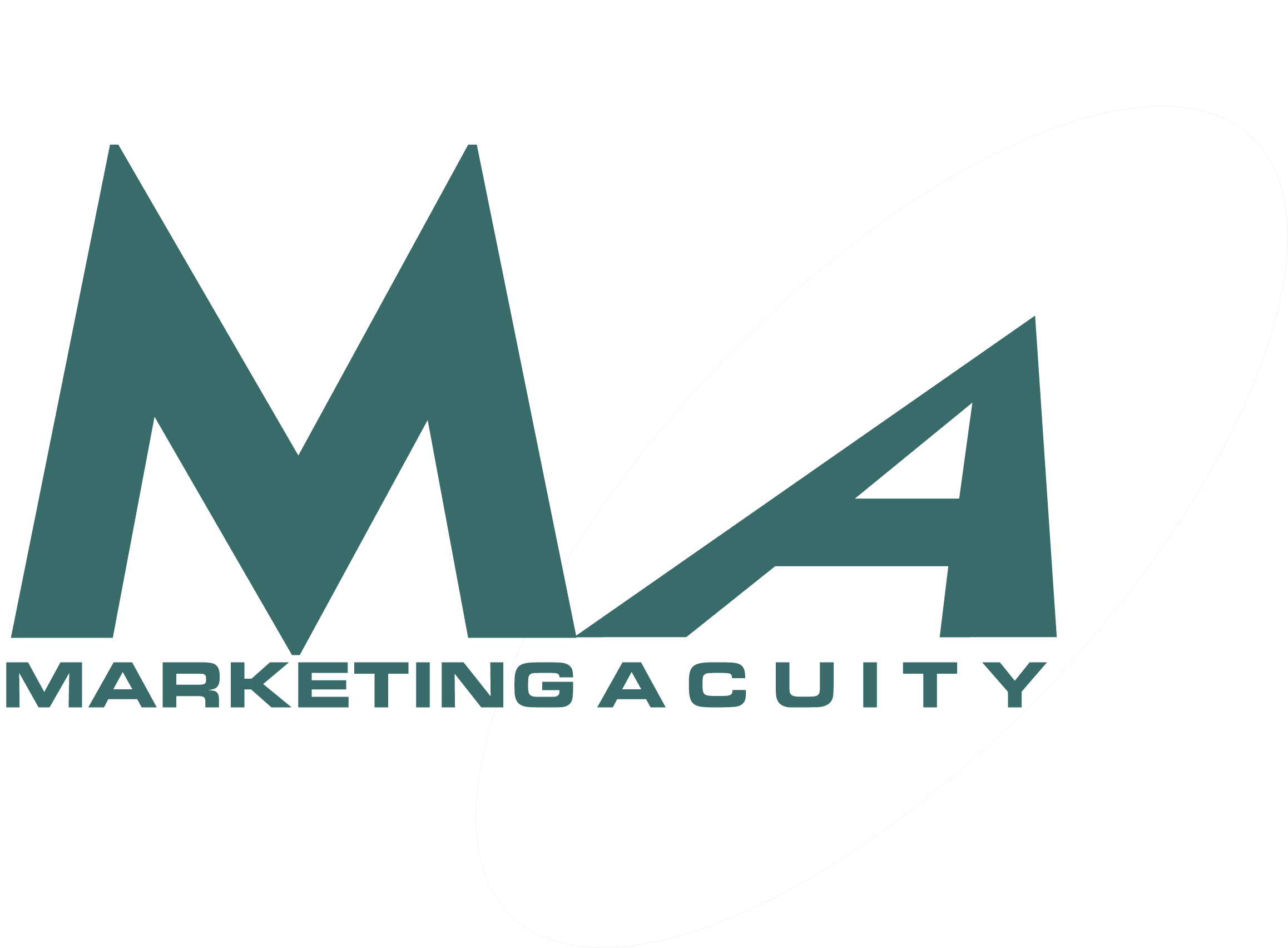Which social media platform works for your business? When looking at analytics and conversions on your web site, consider the WHOLE path, not just the last touch.
Looking at analytics on your website, particularly sales conversion metrics, you might be tempted to say “look at that, Pinterest drives twice the traffic as Facebook, but we get 4X the sales from Facebook visitors, none from Pinterest; we should drop Pinterest!” 
If you have a physical store, customers can walk in the front door (if they walked in the back, you’d be suspicious, right?) but on your web site, they can come in any door – or window – that you open for them. The truth is, your customers come through the side doors, windows, and anywhere else to get to your web site – not your front door. And when they do, it’s a path, not a single point in and out.
Look for trends:
One of our clients uses Pinterest to drive traffic and looks at email conversions (not sales conversions) to see how well Pinterest is working for them. THEN, we look at how well e-mail marketing (in this case, this shows up as “direct traffic” on their SaaS e-commerce platform) works to convert those Pinterest signups to actual sales.
The PATH is the key thing here. Your customer is doing X, Y and Z to get from interested visitor to sales.
Use new tools:
Along the way, we’ve been evaluating more than a few of the SEO tools that aim to demystify the analytics. Long the domain of Google and SEO professionals, the actionable insights were pretty hard to find. We had a ton of data, but nothing that said “Do X to get Y” unless you hired an SEO professional, and even then, it was as much guesswork as actual insight. Now, these same tools (and insight) are within the reach of most customers, through tools like Oribi and Diab (and on-platform tools available on most SaaS platforms like SquareSpace, Big Commerce and Shopify.) There are also good ones for WordPress and Woo Commerce too. These tools all provide insight – not just data – that helps you understand WHAT to do next, not just what happened.
You likely have enough traffic. Really. What you need to improve are conversions.
If you want to sell more, you should look first at revenue optimization (we explain what this is and how to maximize it in our blog post linked here.) THEN look at increasing traffic. RO focuses on conversions. Most businesses have enough traffic, but if you could dramatically increase conversions, that would be something awesome, wouldn’t it?
If you have 140K in traffic a year, but your conversion rate is a tenth of a percent, you’re not going to sell very much. If your traffic remains the same, but you can increase your conversions to half a percent or 1 percent or more, your revenue goes up exponentially, without the added expense of paying for traffic through social media or Google ads.
Data can give you a look, but it’s a snapshot. In quarterly review sessions with clients, we ask things like “is your audience engaged at this time period, or do they slip away to summer vacations in July?” Or we ask “were you speaking at a workshop or an event during this time?” to understand how that impacts direct traffic.
Testing is the only way you will know for sure what works. Change something on your web site for a week or a month. Document data before and after. Run A/B testing on some of your paid / outbound marketing. Develop multiple versions of a web site page to test out how effective it is, and turn one on for a week and another for a week to measure the conversions.
Overall, understand that the entire path your customer takes to the sale makes a difference. Pinterest might not convert directly to sales, but it drives traffic and for many clients, that traffic results in an e-mail conversion and the e-mail results in a sale (later on.) Mapping these for your business using your e-commerce platform’s analytics is key. If you need help understanding how this happens, consult with your marketing firm. They should explain (upfront, and likely quarterly, depending on your contract) what is happening with your metrics and what actionable information you should be taking to improve your business performance.
Need help with any of this? It’s what we love. We can help. Request a free marketing assessment.



